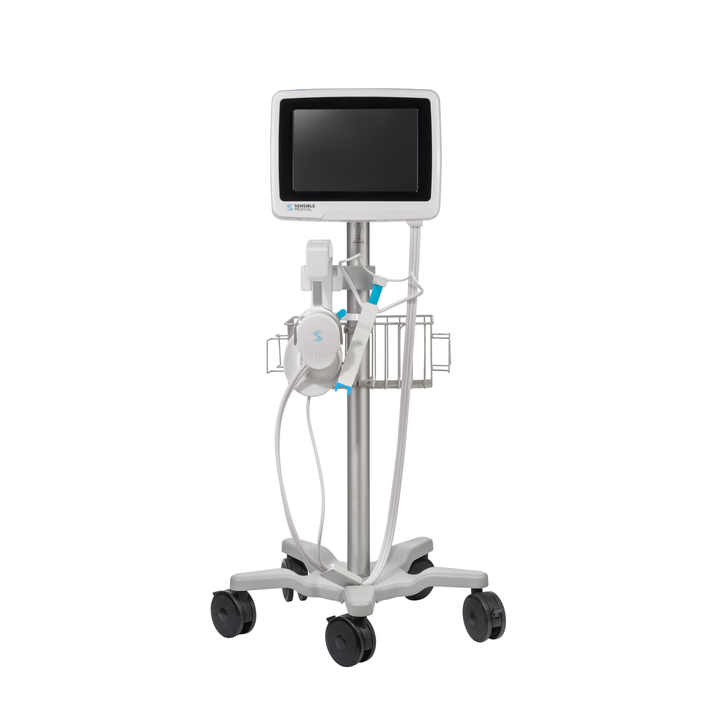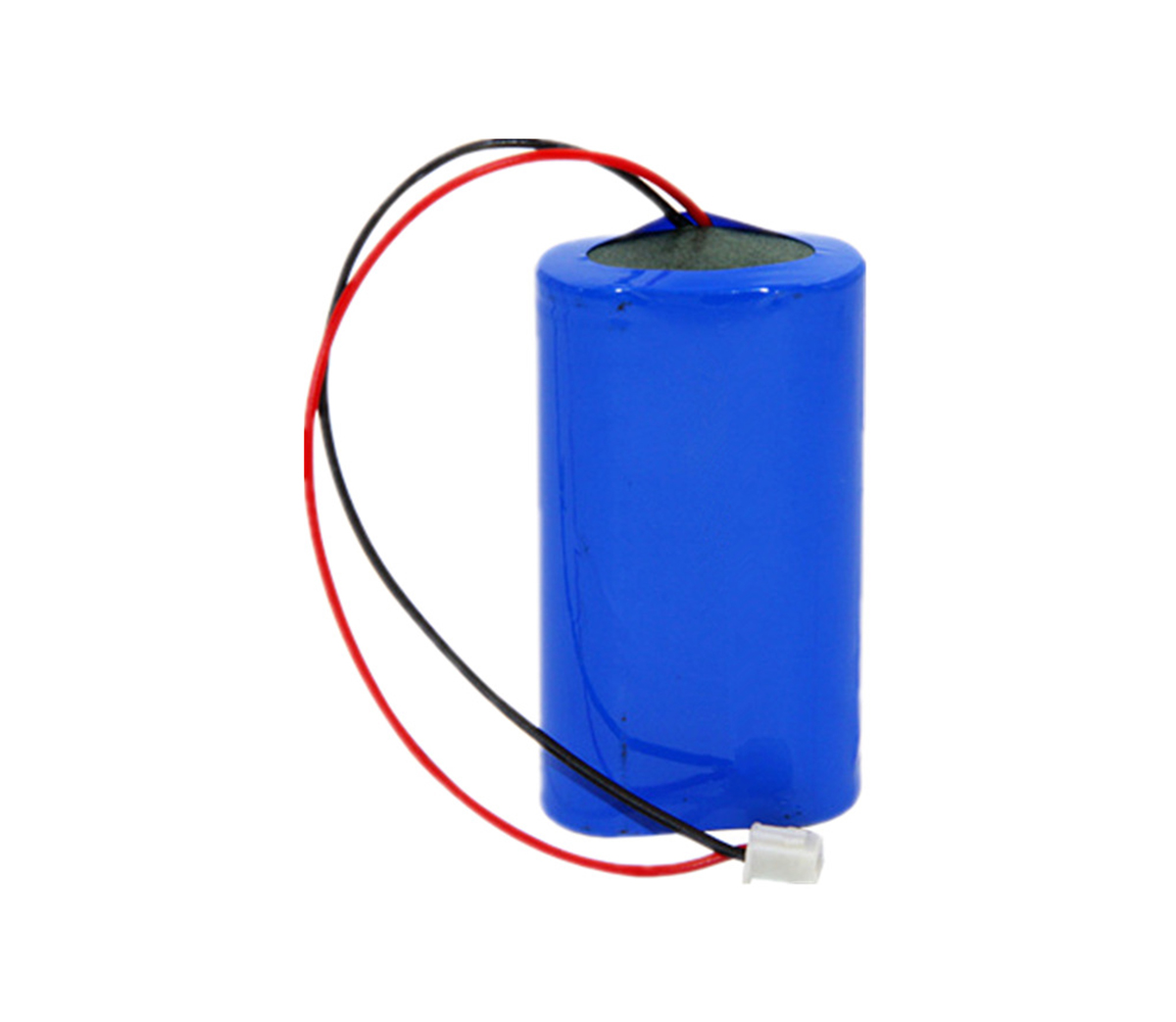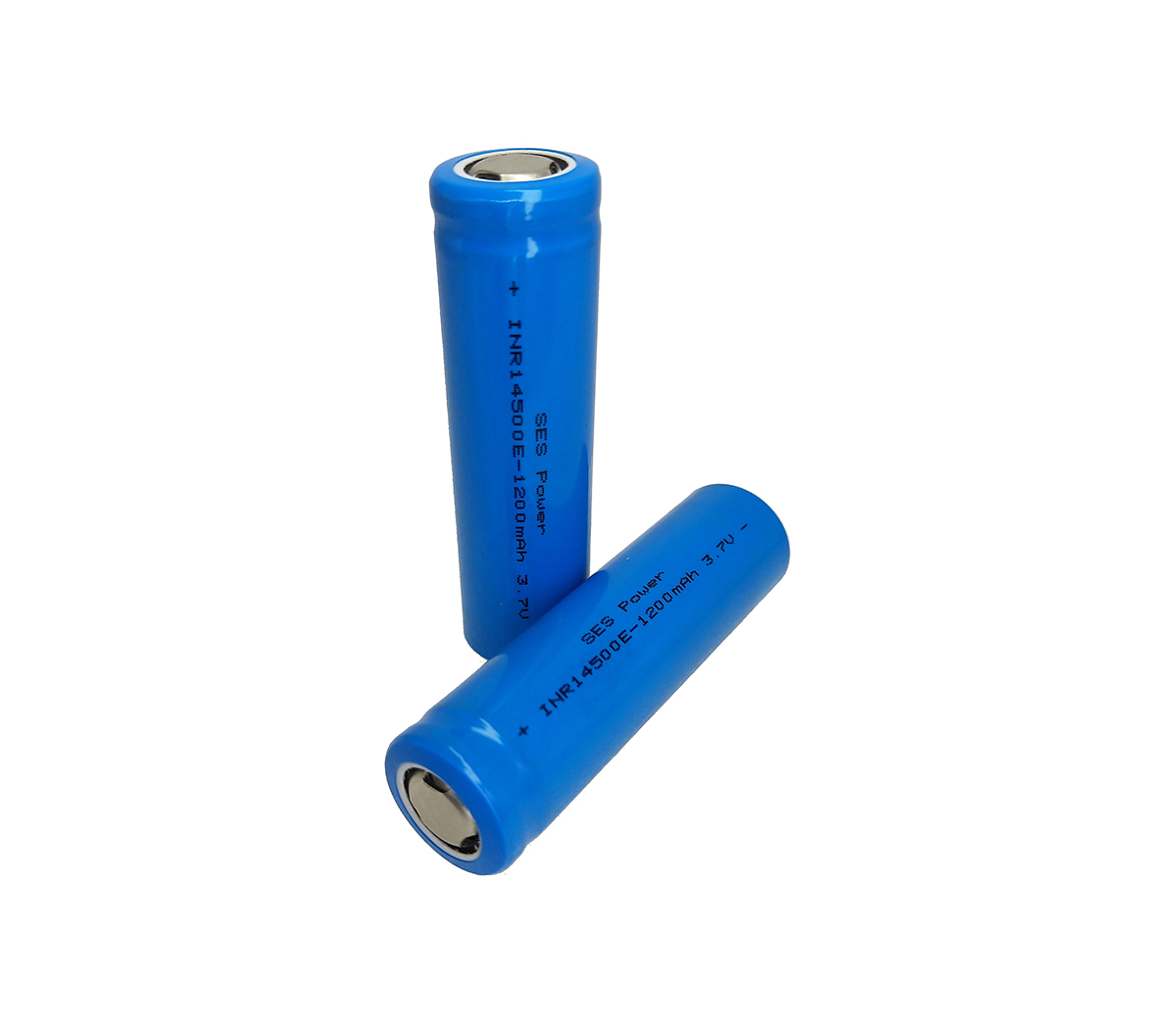Discussion and analysis of the failure of lithium iron phosphate (LiFePO4)
battery
Understanding the cause or mechanism of failure of lithium iron phosphate
batteries is particularly important for improving battery performance and its
large-scale production and use.
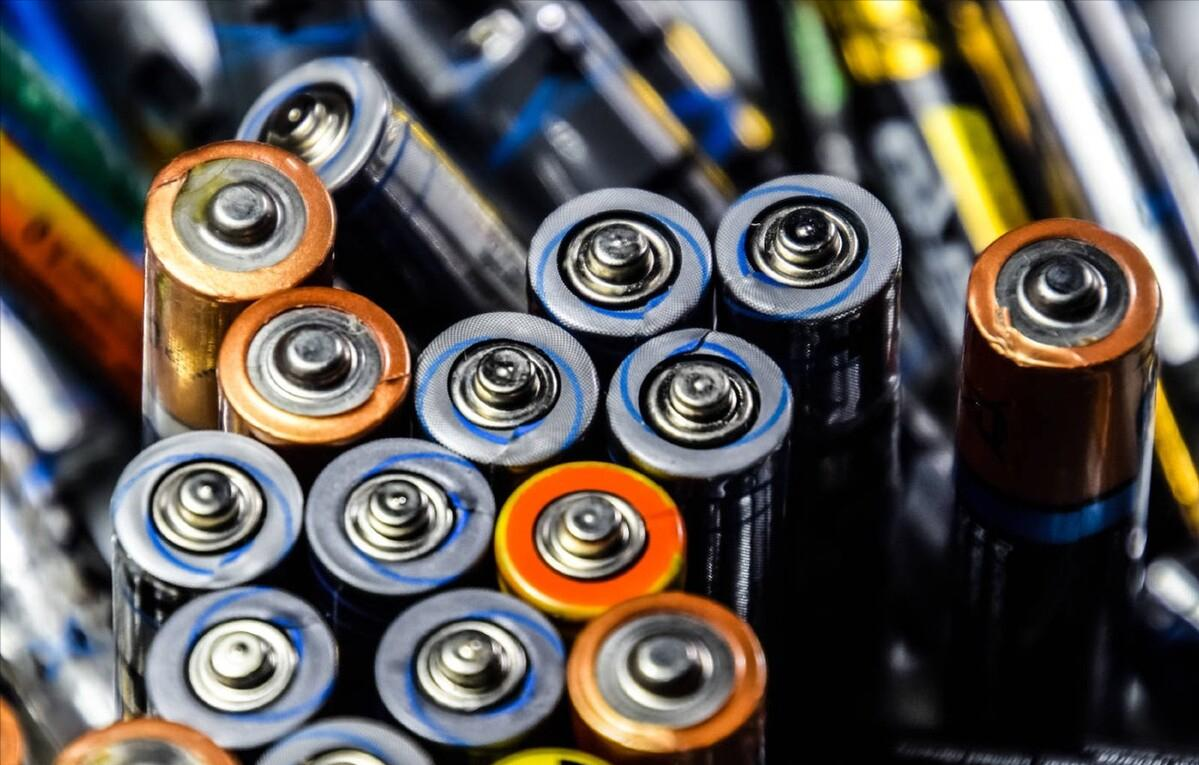
1. Failure in the production process
In the production process of LiFePO4 batteries, personnel, equipment, raw
materials, methods, and environment are the main factors that affect product
quality. We mainly discuss the last three influencing factors.
The impurity in the electrode active material causes the battery to fail: a
small amount of Fe2O3, Fe and other impurities will be reduced on the surface of
the negative electrode, which may pierce the diaphragm and cause an internal
short circuit. The higher the impurity content of the graphite anode, the
greater the irreversible capacity loss.
The failure of the battery caused by the formation method: research has
found that the formation temperature is too high will cause more irreversible
lithium ion loss. Nowadays, the formation mode of low current constant
current-high current constant current and constant voltage is used more
frequently, which can effectively reduce the influence of formation temperature
on battery performance.
The failure of the battery caused by moisture in the production
environment: In actual production, the battery will inevitably come into contact
with the air. Since the anode and cathode materials are mostly micron or
nanometer particles, it is easy to absorb moisture in the air.
2. Failure in shelving
During the service life of the battery, it is in a state of shelving most
of the time. Generally, after a long time of shelving, the performance of the
battery will decrease, generally showing an increase in internal resistance, a
decrease in voltage, and a decrease in discharge capacity. There are many
factors that cause the degradation of battery performance, of which temperature,
state of charge and time are the most obvious influencing factors.
In the shelving state, poor storage conditions (high temperature and high
state of charge) will increase the degree of self-discharge of the LiFePO4 power
battery, making the battery aging more obvious.
3. Failure in recycling
Batteries generally emit heat during use, so the influence of temperature
is very important. In addition, usage, ambient temperature, etc. will have
different effects on the battery.
The capacity loss of LiFePO4 power battery during cycling is generally
considered to be caused by the loss of active lithium ions. As the discharge
rate increases, the capacity loss of the positive electrode increases more than
that of the negative electrode. The loss of battery capacity during low-rate
cycling is mainly due to the consumption of active lithium ions in the negative
electrode, while the power loss of the battery during high-rate cycling is due
to the increase in the impedance of the positive electrode.
The discharge capacity of LiFePO4 battery will drop rapidly when the
temperature drops. Under low temperature conditions, the battery cannot be
charged or discharged with high current, otherwise it will cause irreversible
capacity loss.
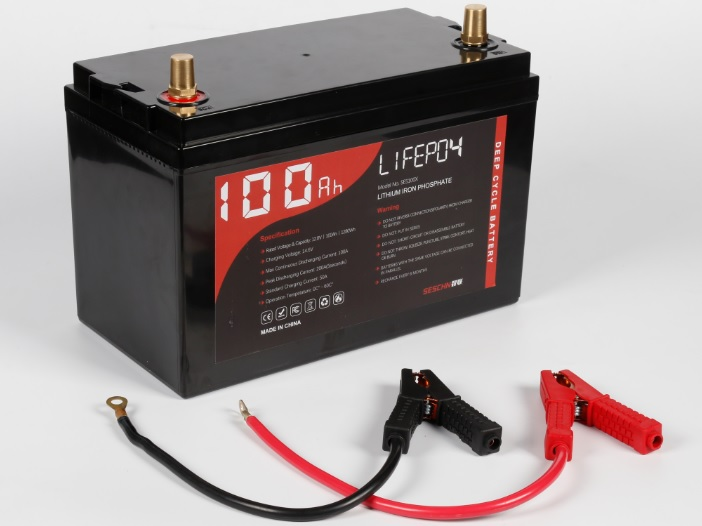
Fourth, failure during charging and discharging
The battery is often inevitably overcharged during use. Relatively
speaking, there is less overdischarge. The heat released during overcharge or
overdischarge is likely to accumulate inside the battery, which will further
increase the battery temperature. , It affects the service life of the battery
and increases the possibility of fire or explosion of the battery. Even under
normal charging and discharging conditions, as the number of cycles increases,
the capacity inconsistency of single cells in the battery system will
increase.
Although the thermal stability of LiFePO4 is the best compared to other
cathode materials under different charging conditions, overcharging can also
cause unsafe hidden dangers in the use of LiFePO4 power batteries. One of the
main reasons for battery failure under overcharged conditions is the internal
short circuit caused by lithium crystal branches piercing the diaphragm.
Lithium-ion battery (LIB) has become the main energy storage solution in
modern social life. Among them, lithium iron phosphate batteries are a perfect
substitute for lead-acid batteries, and are the first choice for grid-connected
peak shaving, off-grid energy storage, photovoltaic energy storage, UPS, data
center and other industries.











